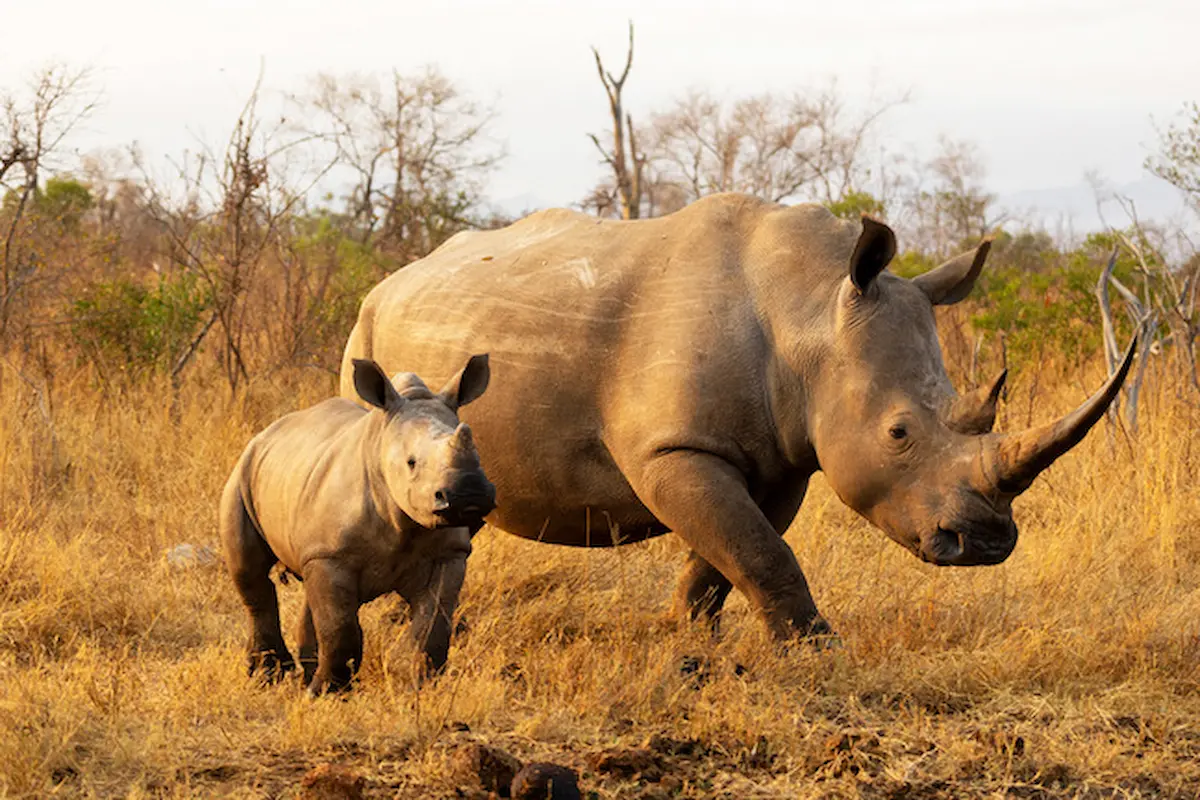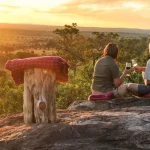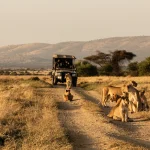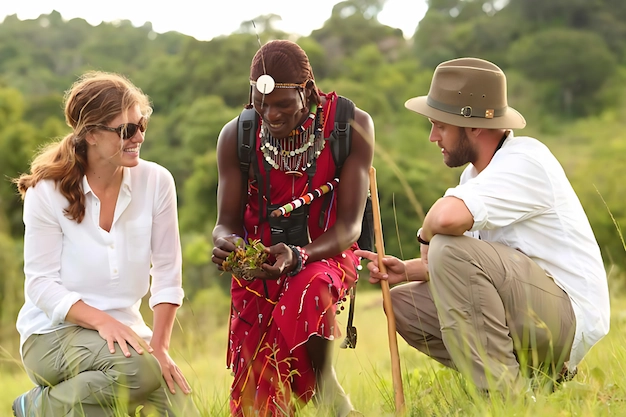When it comes to travel, everyone wants to drive. Some people want to learn about various cultures, view wildlife like Black Rhinos, and do multiple other things.
Visitors need an ideal destination to have memorable safari experiences. Guess what? Tanzania is an East African visitors’ paradise for African safaris and black rhino lovers.
In this country, you will experience everything a safari-goer needs on their safari tour. Seeing the black rhino has been a difficult thing in some safari destinations. Nevertheless, in Tanzania, that is not a problem. The beautiful animal is one of the beautiful species that call Tanzania home.
The black rhinoceros is one of the most impressive animals. It deserves to be one of your must-see animals on your next safari tour in Tanzania. It is a fantastic creature to see on your wildlife safari, and seeing it is a triumph.
All you need to know about the black rhino
The black rhino is a beautiful animal that accompanies the travelers’ trip. Here is all you need to know about the second-heaviest land animals.
- The black rhinoceros is not black. Its name ‘black’ has nothing to do with its color. It just distinguishes it from the white rhino. The name also be because of a dark tint that typically covers its skin after wallowing in mud.
- It is native to Africa and has lived in the Savannah, scrublands, and woodlands for millions of years.
- There are two species of rhinos, the black and white rhinos.
- Black rhinos have three sub-species: the eastern, southern-central, and southwestern. The western black rhino once lived in West Africa, particularly in Cameron. The IUCN declared it extinct in 2011.
- Unlike white rhinos, which graze, black rhinos browse. Their hooked upper lip lets them grip and hold leaves and branches from bushes and trees. These two species can’t compete for pasture.
- It can live up to 35 or 40 years in the wild. Their life expectancy shortens when in captivity.
- The gestation is 15 to 16 months. They give birth to a single calf after three years.
- It has two horns: the front more giant horn (1.3 m) and the rear smaller horn (55 cm). Its weight is between 800 and 1350 kg.
- Adult males sleep longer than female. They can sleep even twice as much as the females. This is probably because females always watch to protect their calves.
Social structure
After giving birth to the calf, the females stay with it for a lifetime. This bond depends on the calf’s sex. Females remain with their mothers long, while males leave after maturity. Males are solitary and territorial.
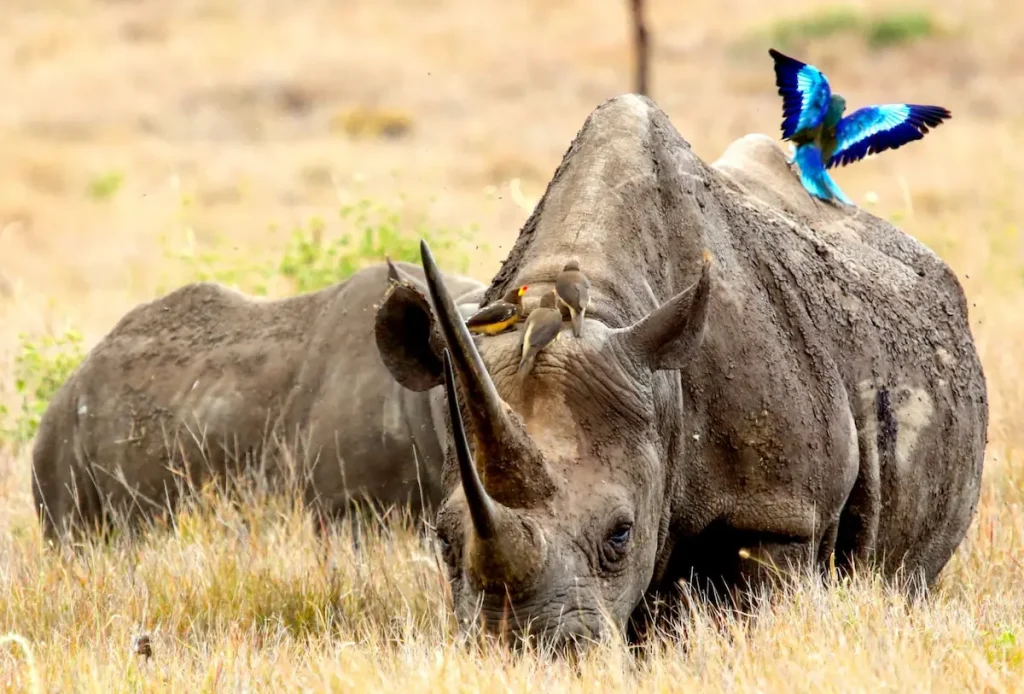
rhinos live in small groups of 2 to 3 individuals. The members of such groups are adult females and their calves, and sometimes, a dominant male rhino is present.
Black rhino in Tanzania
Tanzania hosts the Big Five animals. Many travelers come to Tanzania to see the black rhino, which is on their wish lists. A small rhino population still lives in natural habitats in a few destinations in Tanzania. Sightings are very rare.
Some live in captivity in several rhino sanctuaries in Tanzania. There are about 80 black rhinos in Tanzania. In Tanzania, you may see two subspecies. Such species include the south-central black rhino and the eastern black rhino.
Where can I see black rhinos in Tanzania?
The natural habitats are scrubland and open woodland. Nonetheless, a few destinations still harbor a few, though rangers observe the rhino population. You can see them in wildlife parks like Serengeti National Park and Ngorongoro Crater.
Ngorongoro Conservation Area
Ngorongoro Crater is an ideal place to see the black rhinos in Tanzania. Your driver is an expert at searching for their territory on the crater floor.
As you cross the scrublands and woodlands, watch for shrubs. The black rhino is solitary. It isolates itself in shrubs. It also feeds on shrubs, grasses, and other plants.
In the Ngorongoro Crater, you can also see other wild animals. This caldera is home to wildebeests, zebras, lions, leopards, and many more. You can see all these from your safari vehicle.
Serengeti National Park
Sightings of black rhinos in Serengeti National Park are very rare. You might be lucky enough to see this second-heaviest land animal.
However, the protected areas in Moru Kopjes protect the rhinos. You can see them on your Serengeti. Rangers patrol this area to protect the rhinos from any danger.
All these efforts aim to make Serengeti National Park tours exciting. The Frankfurt Zoological Society (FZS), the government, and other agencies have contributed to restoring the black rhino population. In 2019, the government reintroduced nine rhinos in Serengeti National Park.
Mkomazi National Park
Black rhinos can also be seen in Mkomazi National Park. Mkomazi Rhino Sanctuary protects this critically endangered animal species. Currently, more than 40 rhinos are in captivity.
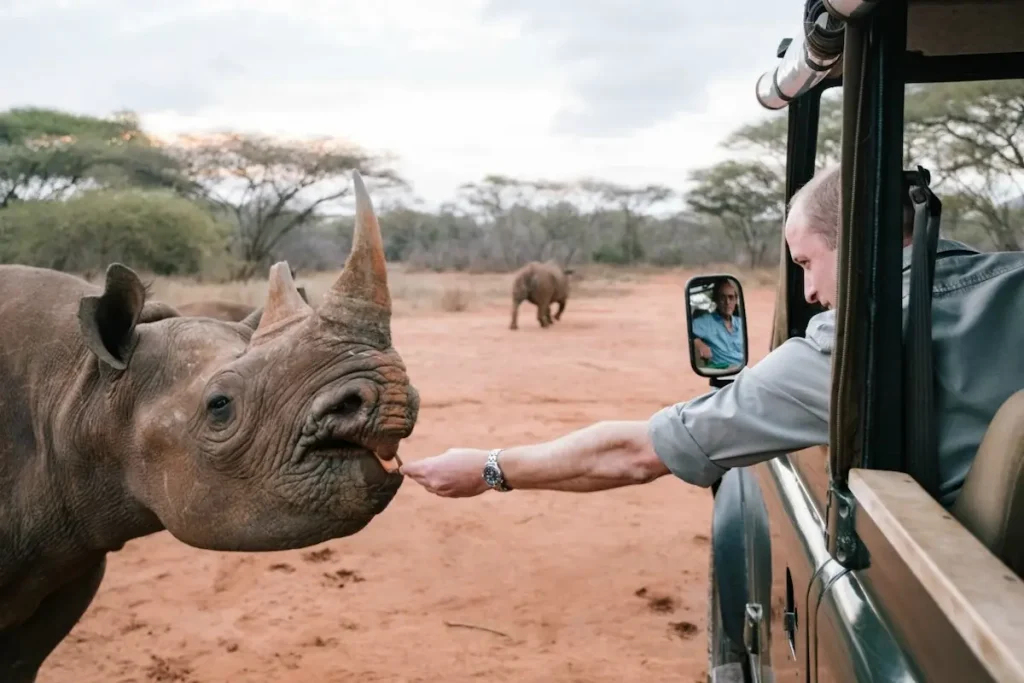
They can live their way of life in captivity. For instance, they don’t sleep much in captivity. The calf enters the wild when it matures.
What threats do black rhinos face?
The main threat to the black rhino population is poaching. Poachers usually kill rhinos to get their horns. It is heartbreaking to know how the population of black rhinos has declined substantially. Africa had about 70,000 black rhinos in the 1960s, the world’s largest population.
The market for rhinos’ horns skyrocketed between the 1970s and 1980s, resulting in massive poaching of black rhinos. By the 1990s, the population of rhinos in Africa was down to approximately 4,000. This decline was due to poaching, and they were on the brink of extinction. They are on the IUCN Red List as a critically endangered species.
Conservation Efforts
African governments have employed techniques to save rhinos in collaboration with NGOs. The rhino population in Africa has risen to 6,487 as of 2022, compared to 5,630 in 2018. You can see the black rhino in Tanzania at Mkomazi Rhino Sanctuary, Serengeti, and Ngorongoro Crater. In Kenya, you can see them in Loisaba Conservancy.
Ready for an adventure? At East Africa Safari Guides, we are committed to making you discover the beauty of the rhino. We also plan other magical safari tours.
Our safaris include walking, hiking tours, cultural visits to the local communities, and many other African safari experiences. We are happy to see and enjoy the awe-inspiring attractions in Tanzania and other East African countries. Welcome!

